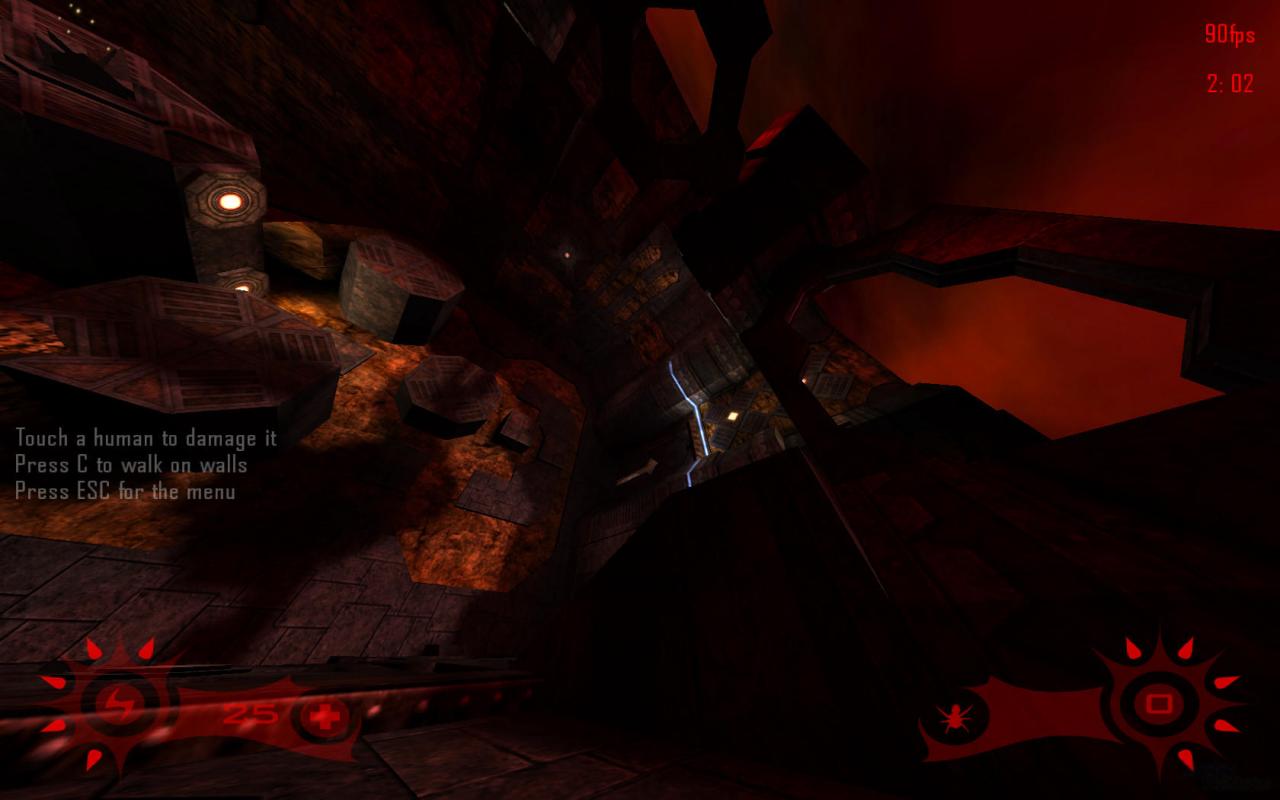

11 This is a movement disorder similar to myoclonic tremor that. CiteSeerX - Scientific documents that cite the following paper: Dobson DR, O’Neill MF, O’Neill MJ, & Salamone JD (2004). Thus, tacrine-induced jaw movements are reduced by antimuscarinic treatment, and most of these movements occur in the parkinsonian tremor frequency range. Tremulous arytenoid movements are detectable by routine fiberoptic laryngoscopy, allowing patients to avoid undergoing anesthesia. The vast majority of the movements occurred in rapid “bursts,” and analysis of interresponse times (i.e., the time between each jaw movement) showed that most of the jaw movements occurred within a local frequency range of 3 to 7 Hz. We assessed tremulous movement (a sub-score of General Movements Optimality Score) in 18 caffeine-treated subjects and 18 aminophylline-treated subjects. The fifth experiment utilized a slow-motion videotaping system to analyze the temporal characteristics of vacuous chewing induced by 5.0 mg/kg tacrine. Intrastriatal injections of scopolamine completely blocked tacrine-induced jaw movements. In conclusion, inversely related to tracking performance, limb tremulous movements were task-dependently organized, and speed-invariant coherence of limb. The fourth experiment examined the effect of scopolamine (2.5 to 10.0 ug) injected into the ventrolateral striatum on vacuous jaw movements induced by 5.0 mg/kg tacrine. This effect was reduced, also in a dose-related manner, by the co-administration of the muscarinic antagonist scopolamine in a range of 0.125 to 1.0 mg/kg, but not by N-methylscopolamine. some patients present with movements that are tremulous in appearance but. In the first experiment, tacrine produced vacuous chewing in a dose-related manner in a range of 1.25 mg/kg to 1.0 mg/kg. Tremor is the most common movement disorder in adults.1 Most internists and. Akathisia may appear as a side effect of the long-term use of antipsychotic medications, Lithium, and some other neuroleptic drugs. In the present study, five experiments were conducted to provide a pharmacological, anatomical and behavioral characterization of tacrine-induced vacuous jaw movements. Akathisia, also spelled acathisia, is a neuropsychiatric syndrome or movement disorder characterized by inner restlessness and the inability to sit or stand still for a reasonable period of time. In conclusion, inversely related to tracking performance, limb tremulous movements were task-dependently organized, and speed-invariant coherence of limb tremulous movement specified an inter-segmental coordination, which is physiological evidence of the generalized motor program for position tracking.Previous work has shown that cholinomimetic drugs induce “vacuous” or non-directed jaw movements in rats. Functionally, better tracking performance was associated with a smaller tremulous activity in the finger and hand, entailing sophisticated release of mechanical couplings in the finger-hand and hand-forearm. Consisting of three local maxima around 2-4, 8-12, and 18-22 Hz, the coherence of tremulous activity between the finger and hand during position tracking was nearly identical, but inferior to high coherence below 12 Hz during posture holding. Classically, CBD patients present in the sixth decade with slowly progressive unilateral jerky, tremulous, akinetic, rigid, and apractic extremity held in a. The tracking maneuvers also altered spectral distribution of the tremulous activities in the context of a lower spectral peak in the range of 8-12 Hz and suppression of spectral peaks at 2-4 Hz, in reference to that already presented in posture tremor. The results showed that index oscillatory activity multiplied with tracking speed, but hand oscillatory activity declined during tracking movement.

Limb acceleration in the index finger, hand, forearm, arm, and C7 spinal process were monitored to correlate functionally with the accuracy of index rhythmic displacements. Sixteen volunteers conducted a postural pointing task and two index tracking maneuvers at 0.3 and 0.6 Hz with an outstretched arm. In light of the interplay between limb oscillatory outputs and the outcome performance of movement effectors, this study was undertaken to investigate neuromotor control in the upper limb during position tracking and posture holding.


 0 kommentar(er)
0 kommentar(er)
